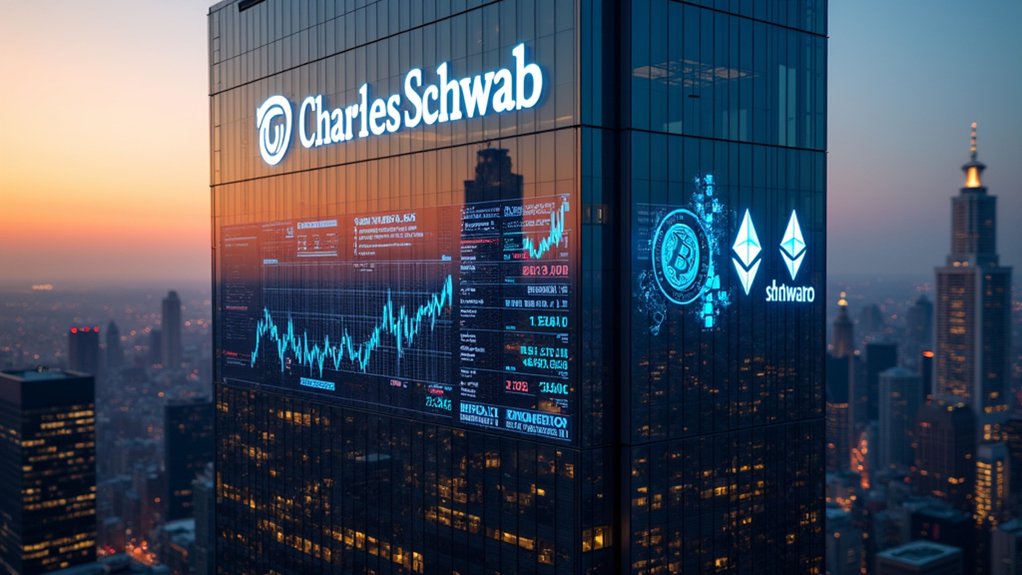Crypto traders are waking up to an uncomfortable truth: AI trading bots aren’t the golden ticket they were promised. The reality is hitting hard as traders discover these algorithmic wonders often deliver more headaches than profits. So much for that “set and forget” dream of passive income.
The problems run deep, starting with a regulatory wild west that leaves traders exposed. With minimal oversight, platforms can basically promise the moon without consequences. The CFTC has been waving red flags about misleading profit claims, but that hasn’t stopped the hype train. Meanwhile, traders who lose money find themselves in a jurisdictional maze with nowhere to turn.
Unregulated crypto platforms promise endless riches while regulators struggle to rein in false claims, leaving burned traders stranded without recourse.
Market manipulation makes matters worse. These supposedly brilliant AI systems? They’re about as street-smart as a college freshman at their first party. Bad actors can feed them false signals faster than you can say “pump and dump,” especially in low-liquid crypto markets. AI platforms boast about their predictive accuracy reaching 85%, but that means nothing when market manipulation is in play. The AI just eats it up, leading to costly mistakes that human traders would spot from a mile away.
The technical risks are enough to make anyone paranoid. Despite Stoic Meta delivering strong initial returns of 39% in its first month, platforms still face issues with getting hacked, mysterious system outages during vital trading moments, and sneaky algorithm flaws that surface at the worst possible times. It’s like playing Russian roulette with your crypto portfolio, except the gun has more loaded chambers than empty ones.
What’s particularly amusing – in a dark humor sort of way – is watching newbies dump thousands into AI trading systems before they even understand basic market principles. Spoiler alert: The robots aren’t going to do your homework for you.
Successful traders are realizing that AI tools work best as supplements to solid trading knowledge, not replacements for it. Between subscription fees eating into profits and diminishing returns as markets evolve, the economics just don’t add up anymore.
Smart money is quietly stepping back from the AI trading hype, returning to tried-and-true methods or using AI tools selectively. Sometimes the old ways are the best ways – who knew?





